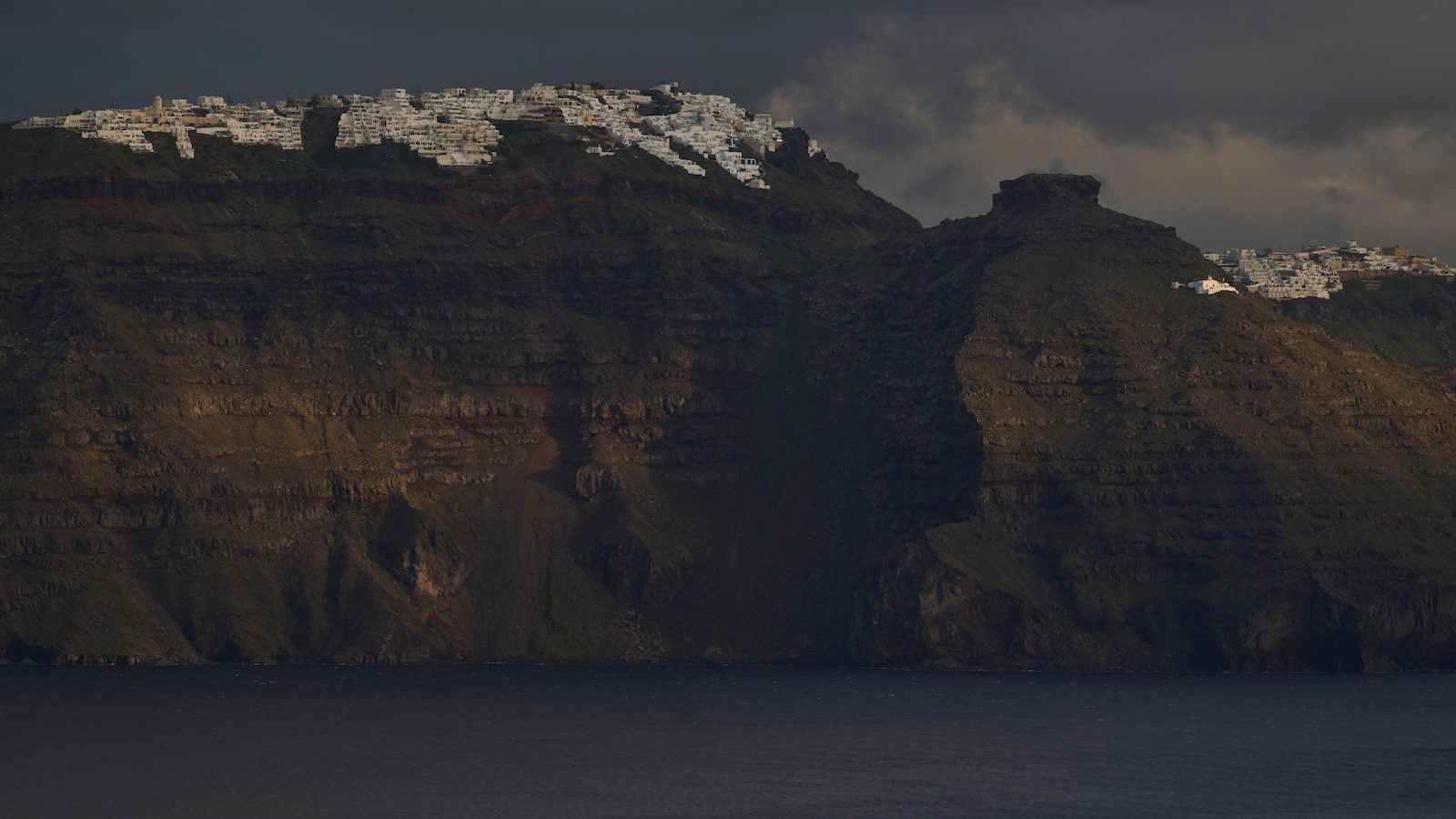
ATHENS, Greece — A series of recent earthquakes, including one with a magnitude of 5.3, have shaken the volcanic island of Santorini. This latest seismic activity has led medical professionals to conduct an evacuation drill at local hospitals. Experts remain uncertain about whether these unusual tremors may signal an impending larger earthquake.
On Tuesday, several additional earthquakes were recorded, with magnitudes ranging from 4 to 4.8, primarily occurring between the islands of Amorgos and Santorini—one of Greece’s top tourist attractions.
In response to the ongoing seismic events, authorities declared a state of emergency on Santorini last week. The persistent earthquakes have prompted the mobilization of rescue teams, including drone units and rescue dogs, while naval and coast guard vessels are on alert.
As a precaution, thousands of residents and tourists have evacuated the island. Schools on Santorini and adjacent islands have been closed for the week to ensure safety.
Deputy Health Minister Marios Themistokleous reported that specialized medical personnel have been dispatched to Santorini’s hospital, where temporary tents were erected for precautionary measures. Medical staff also engaged in a drill to practice patient evacuations, demonstrating the island’s readiness for emergencies.
Scientists have been diligently observing the ongoing earthquake phenomenon and the two nearby volcanoes. Their analysis indicates that the current pattern of frequent quakes—ranging in strength from 3 to just above 5—may either escalate or stabilize over the coming weeks or months.
Seismologists and volcanologists were scheduled to meet with government representatives Tuesday evening as part of their routine assessment of the situation.
While Greece is situated in a region with significant seismic activity, experiencing such a concentrated series of earthquakes over an extended period is quite rare.
The island of Santorini formed its iconic crescent shape after a colossal volcanic eruption in antiquity, one of the largest in recorded history. Today, it attracts millions of visitors annually, who come to marvel at its stunning landscapes of whitewashed homes and blue-domed churches perched along the caldera.









